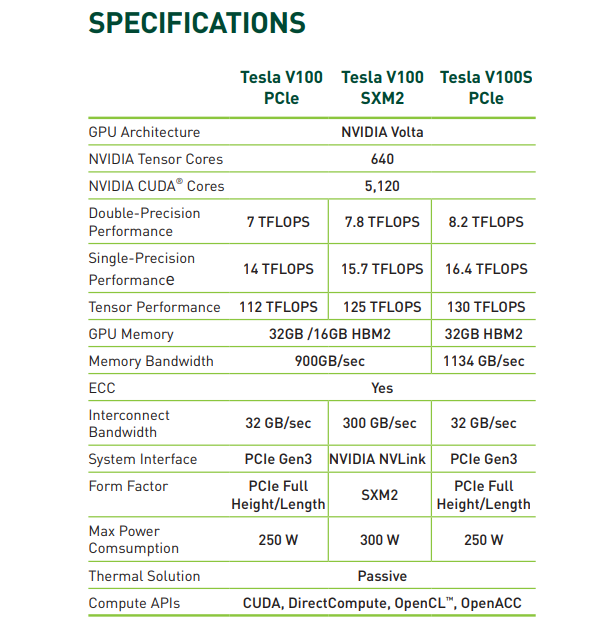D
Deleted member 13524
Guest
Sadly GPUs almost never scale 2x, especially when they get very big.
Regardless, when AMD mentioned the 50% power efficiency uplift on RDNA2 they were definitely talking about Big Navi (which they mentioned by name).
So if it's not a 300W GPU with 25% higher performance than the 2080 Ti, then it's a 250W part with ~5% higher performance.
I don't think AMD is launching what they'd call "Big Navi" with a 225W TDP like Navi 10 XT.




